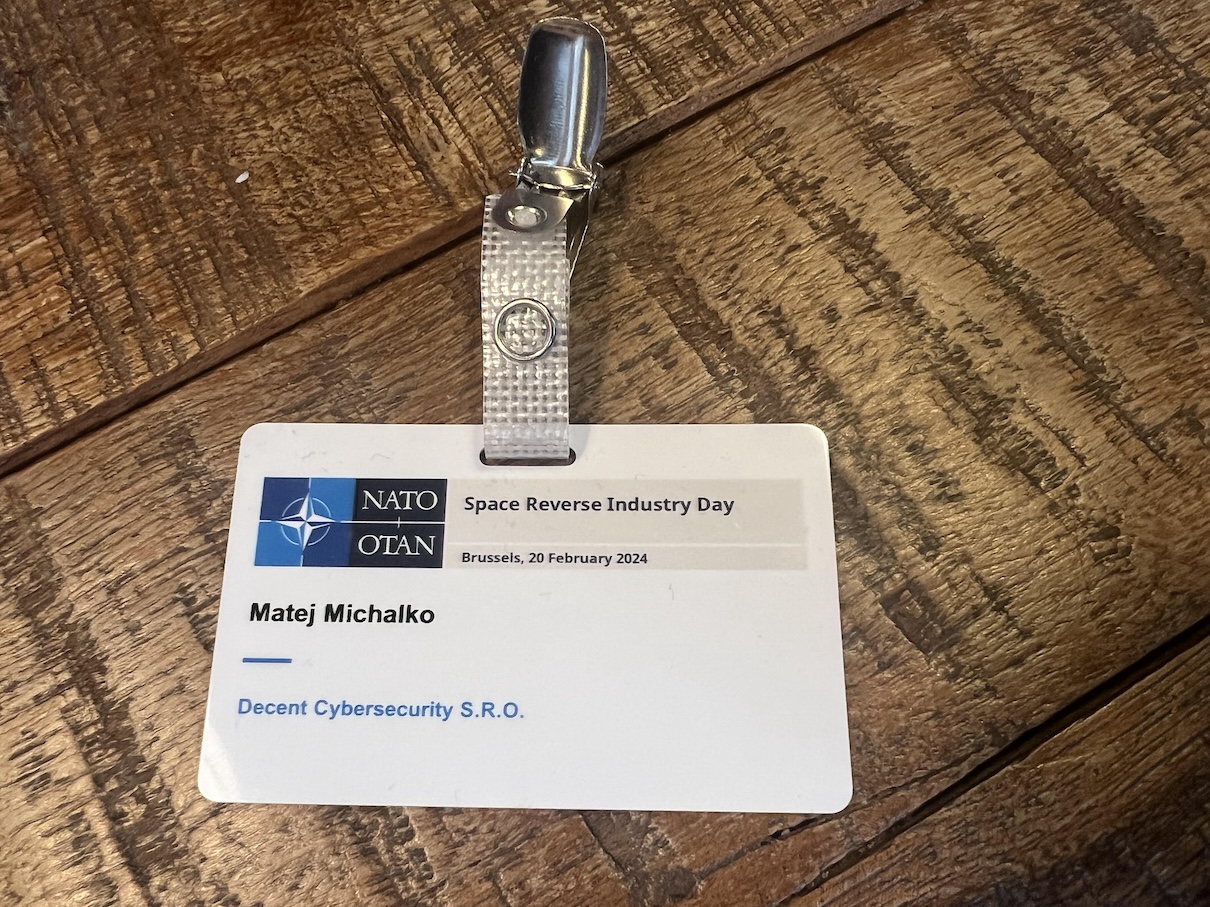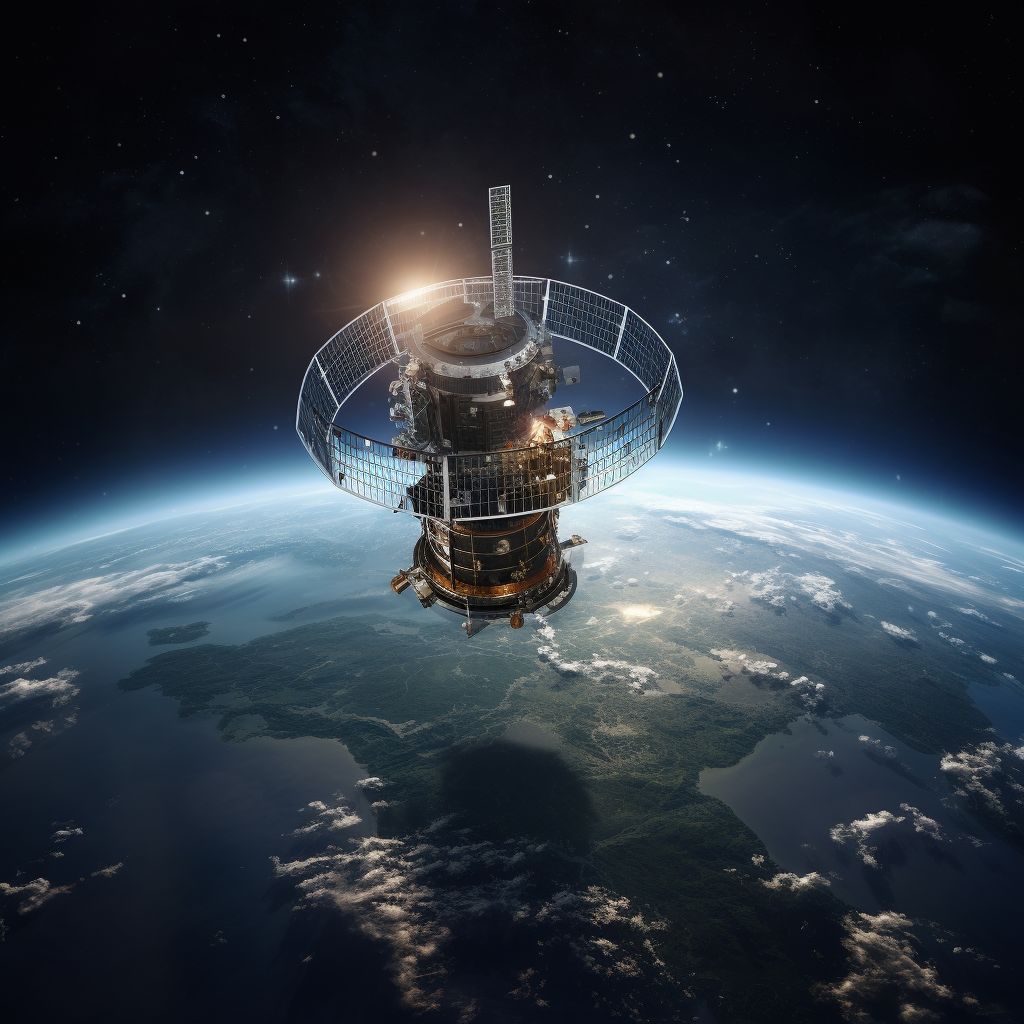Navigating the New Space Age
In 2024, as humanity continues to push the boundaries of space exploration, the European Space Agency (ESA) and NASA stand at the forefront of pioneering advanced mission-critical communication systems. These systems are vital for the success of increasingly complex and distant space missions.
The Evolving Landscape of Space Communication
The future of mission-critical communications within ESA and NASA is shaped by the growing complexity of space missions, including manned Mars missions, deep space exploration, and an increasing number of satellites orbiting Earth. This evolution demands more robust, reliable, and efficient communication systems.
Innovations in Deep Space Communication
Both agencies are investing in cutting-edge technologies to enhance deep space communication. Innovations like laser communication systems offer higher bandwidths and faster data transmission rates, crucial for transmitting large volumes of scientific data back to Earth.
The Role of Quantum Communication
Quantum communication technologies are emerging as a game-changer for ESA and NASA. Offering unparalleled security, these technologies are pivotal for protecting sensitive data and ensuring secure communication links between spacecraft, satellites, and ground stations.
Artificial Intelligence in Communication Management
AI is playing an increasingly significant role in managing complex communication networks. By automating data routing and prioritization, AI enhances the efficiency and reliability of mission-critical communications, especially in scenarios with limited bandwidth and long-delay times.
Inter-agency and International Collaboration
Collaboration between ESA, NASA, and other international space agencies is key to advancing mission-critical communication technologies. Joint missions and shared communication networks exemplify this collaborative approach, pooling resources and expertise for mutual benefit.
Challenges and Opportunities
Despite technological advances, challenges persist. These include maintaining communication with distant spacecraft, ensuring uninterrupted data flow in hostile space environments, and developing scalable systems for an increasing number of space missions.
Educational and Research Initiatives
ESA and NASA continue to foster educational and research initiatives to drive innovation in space communication. By engaging with academic institutions and research centers, they are cultivating the next generation of experts in this critical field.
Embracing a Connected Space Era
As we progress through 2024, the future of mission-critical communications within ESA and NASA is vibrant and dynamic. Embracing new technologies and collaborative approaches, these agencies are ensuring that communication systems are not only a vital link to current missions but also a foundation for the future of human space exploration.







